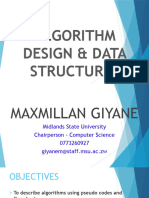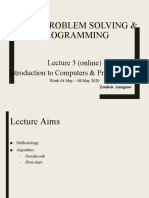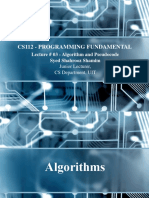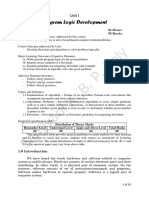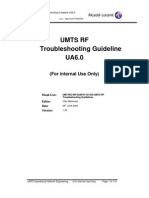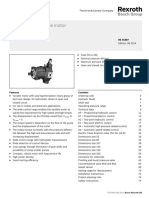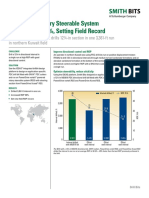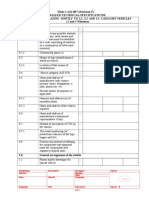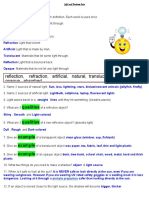0% found this document useful (0 votes)
19 views30 pagesALGORITHM
The lesson on algorithms defines an algorithm as a step-by-step procedure for solving a problem and outlines the characteristics of a good algorithm, including input, output, definiteness, finiteness, efficiency, and simplicity. It explains how algorithms can be represented using pseudocode and flowcharts, and introduces basic control structures such as sequential, selection, and iteration logic. The document includes examples and exercises for students to practice writing pseudocode and understanding flowchart representations.
Uploaded by
Nsaichia Joseph NdifonCopyright
© © All Rights Reserved
We take content rights seriously. If you suspect this is your content, claim it here.
Available Formats
Download as PDF, TXT or read online on Scribd
0% found this document useful (0 votes)
19 views30 pagesALGORITHM
The lesson on algorithms defines an algorithm as a step-by-step procedure for solving a problem and outlines the characteristics of a good algorithm, including input, output, definiteness, finiteness, efficiency, and simplicity. It explains how algorithms can be represented using pseudocode and flowcharts, and introduces basic control structures such as sequential, selection, and iteration logic. The document includes examples and exercises for students to practice writing pseudocode and understanding flowchart representations.
Uploaded by
Nsaichia Joseph NdifonCopyright
© © All Rights Reserved
We take content rights seriously. If you suspect this is your content, claim it here.
Available Formats
Download as PDF, TXT or read online on Scribd
/ 30


